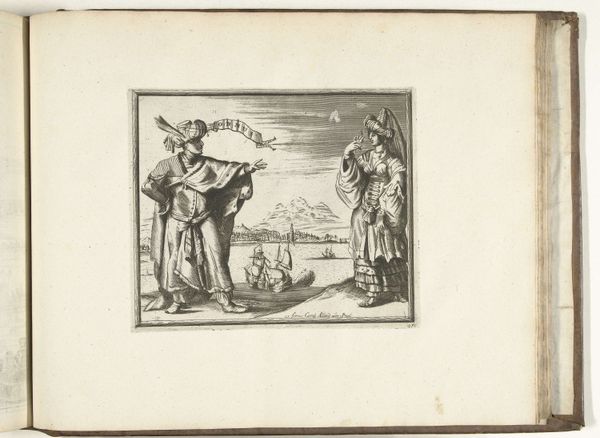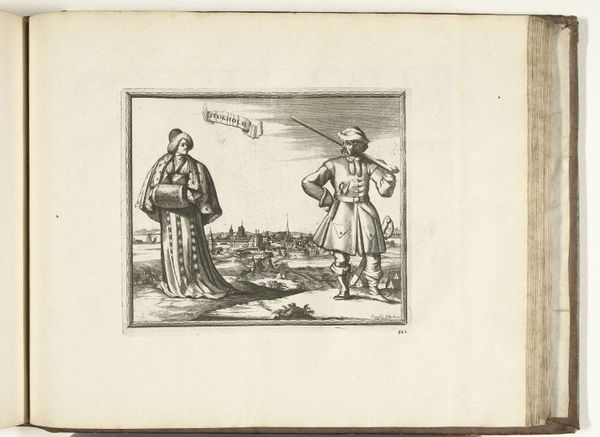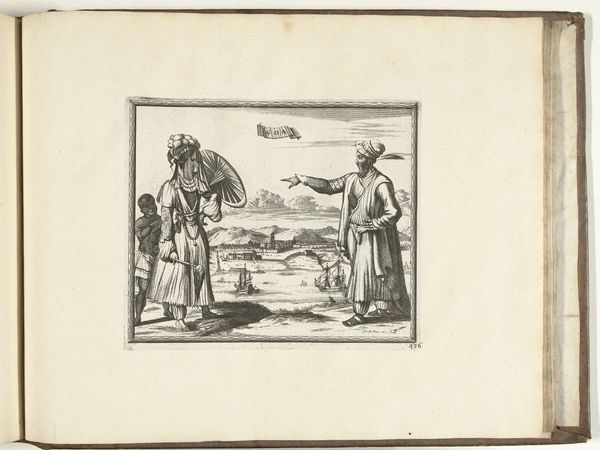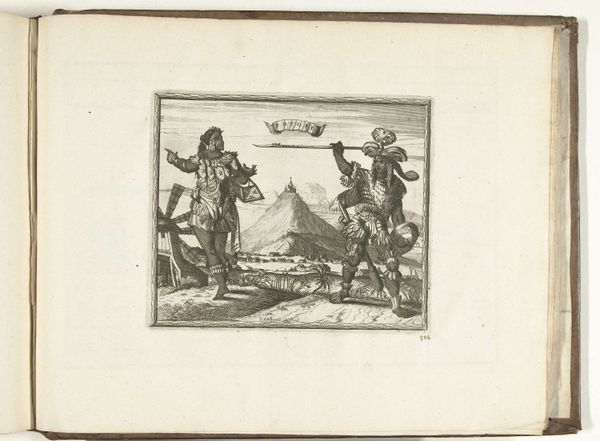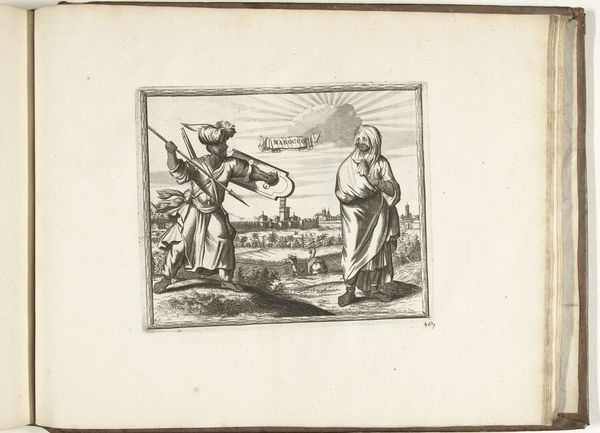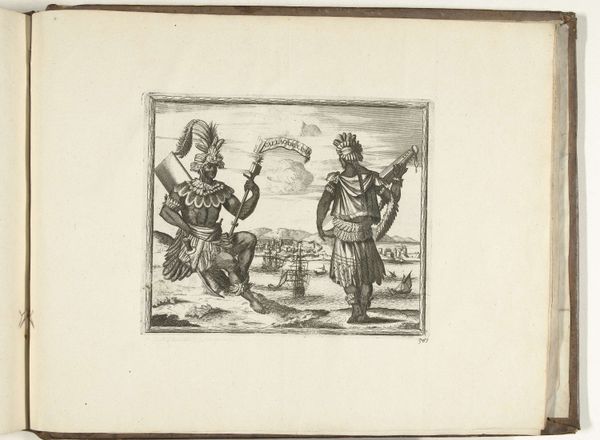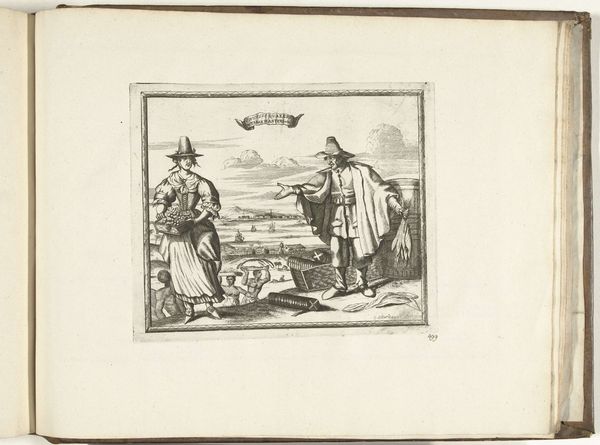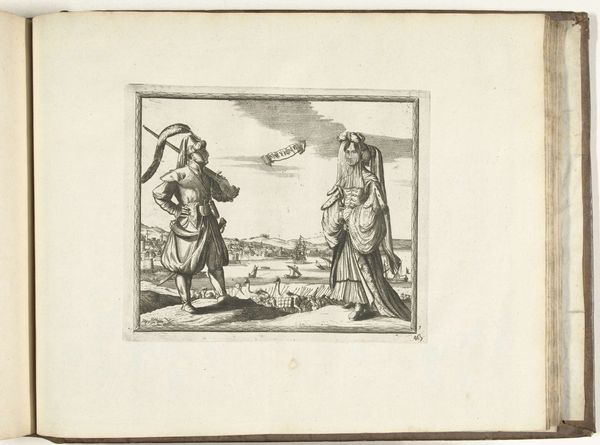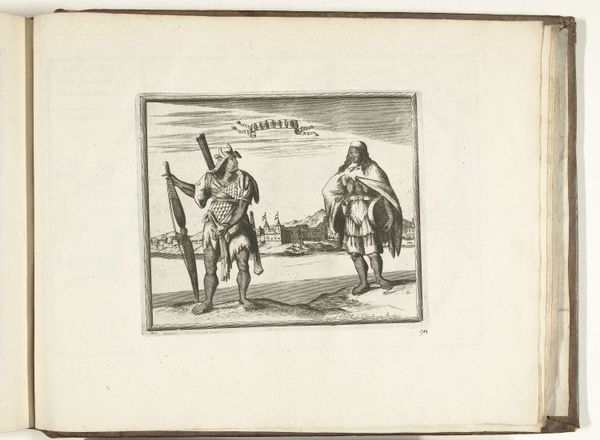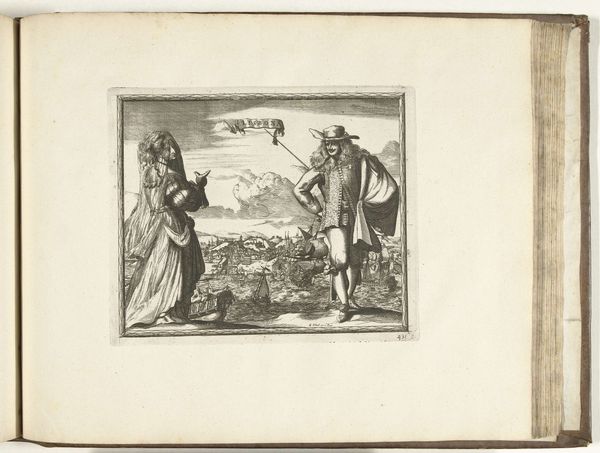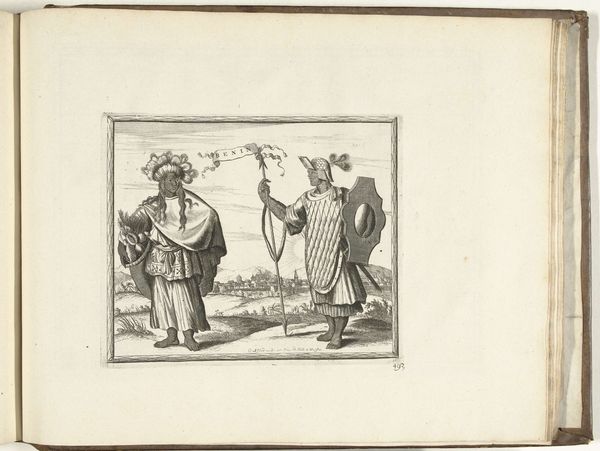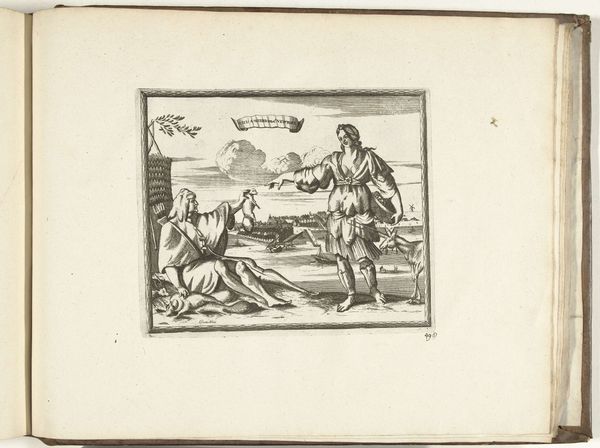
print, ink, engraving
#
portrait
#
baroque
# print
#
pen sketch
#
old engraving style
#
ink
#
pen work
#
cityscape
#
engraving
Dimensions: height 180 mm, width 215 mm
Copyright: Rijks Museum: Open Domain
Editor: So, here we have Carel Allard's 1726 engraving, "Inwoners van Havana," housed at the Rijksmuseum. It seems to depict inhabitants of Havana in this formal, almost staged way. It feels very much like a product of its time, doesn't it? What are your thoughts on it? Curator: Absolutely. The rigid postures and the detail given to the attire, rendered through the incised lines of the engraving, speak volumes about the socio-economic forces at play. Consider the material conditions required to produce such an image – the paper, the ink, the labor. Who was the intended consumer, and what purpose did it serve for them to possess this image of Havana? Editor: That's fascinating! I hadn't considered the labor behind creating a print like this. The materials alone probably weren't cheap, right? Curator: Precisely. This wasn’t mass media in our contemporary sense. The availability and cost of materials like fine paper, and the specialized skill needed for engraving, position this print within a particular network of power and exchange. How does that change your reading of what's being represented here, and why? Editor: Well, I guess it shifts the focus away from just seeing it as a straightforward depiction of Havana residents. The print itself becomes a commodity, reflecting European interest in and consumption of the 'exotic.' It was perhaps intended to project power as much as it represents a reality? Curator: Indeed! This challenges us to think beyond simply *what* is depicted, to *how* and *why* it was created, and its journey as a commodity across time and space. What narratives are enabled, and what is obscured by the act of materializing a culture through this technology? Editor: I see it now, it's about the systems that enabled its creation and circulation as much as its ostensible subject matter. I never really considered that before, thank you! Curator: And conversely, thinking through these historical works via the lens of materialism also urges us to ask urgent questions about contemporary production, labour, and its implications.
Comments
No comments
Be the first to comment and join the conversation on the ultimate creative platform.

